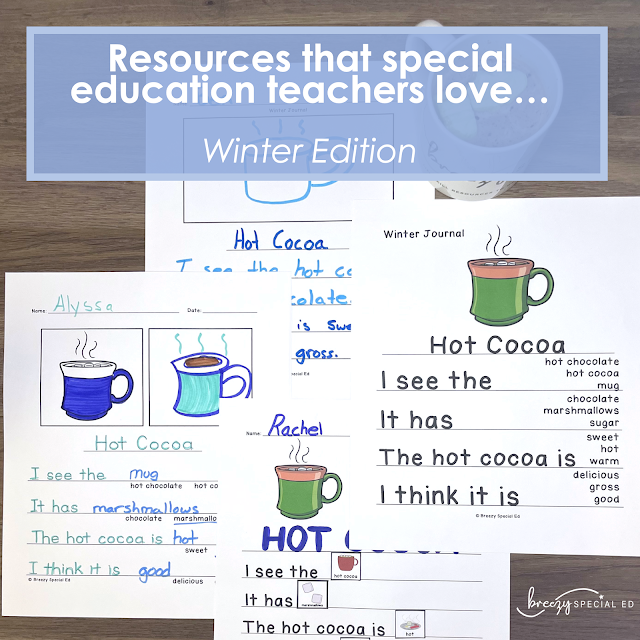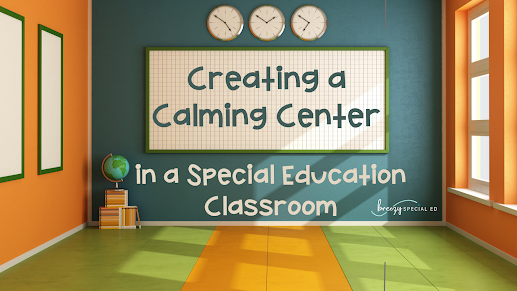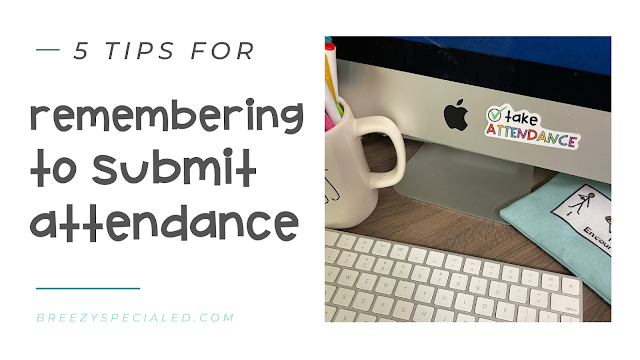If you are looking for language arts life skill worksheets to use this month as you teach about all things shamrocks and leprechauns related, check out these differentiated resources you'd need to teach this March. Check out all the St. Patrick's Day resources that have been tried and tested by special education teachers all over the country!
Winter Language Arts Resources for Special Education
Oh, hello there January! If you are looking for language arts life skill worksheets to use this month as you teach about all things snow and winter related, I have your back with all the differentiated resources you'd need to teach this winter. Check out all the winter resources that have been tried and tested by special education teachers all over the country!
Here's some of the winter resources teacher like you love to use in their classrooms:
Christmas Shirts and Ornaments for Special Education Teachers
Are you a special education teacher who uses symbol support all day long with your students? In addition to the PECS, AAC devices, and symbol supported stories in your classroom, now you can add some symbols to your everyday teaching apparel as well! Also, who doesn't need an excuse to wear a comfy teacher tee to school ;)
Symbol Supported Christmas Tees for Special Education Teachers
Creating a Calming Center in Your Classroom: A Guide for Special Education Teachers
Setting Up Your Calming Center
5 Ways to Help Teachers Remember to Take Attendance
Mornings are so busy, the last thing most teachers are thinking about is submitting attendance when there are students to say hello to, notes to read, lesson details to finalize, kids to help, etc! So, how can a teacher actually remember to take attendance?
Here are some tried and true ideas from seasoned teachers who shared their strategies on the BSE Facebook page. Check them out and let us know which one ends up working best for you!
A More Inclusive Halloween: Supports for Special Needs while Trick or Treating
Halloween is always so much fun for kids, because, well, candy...and special needs kids are no exception!
Here's a few ways to help individuals with special needs have an enjoyable trick-or-treating experience this year: including multiple AAC supports, a free social story, links to wheelchair cover costumes, teal pumpkin treats, and more!
How to Say Trick or Treat for Non-Verbal Kids
Hopefully, most people are kind enough to pass out candy to every trick-or-treater who comes to their door with their bag open regardless of whether or not they say trick or treat, but it's also fun to be able to participate in saying "trick or treat".
Here are a few unique ways that non-verbal kids can say trick-or-treat!















